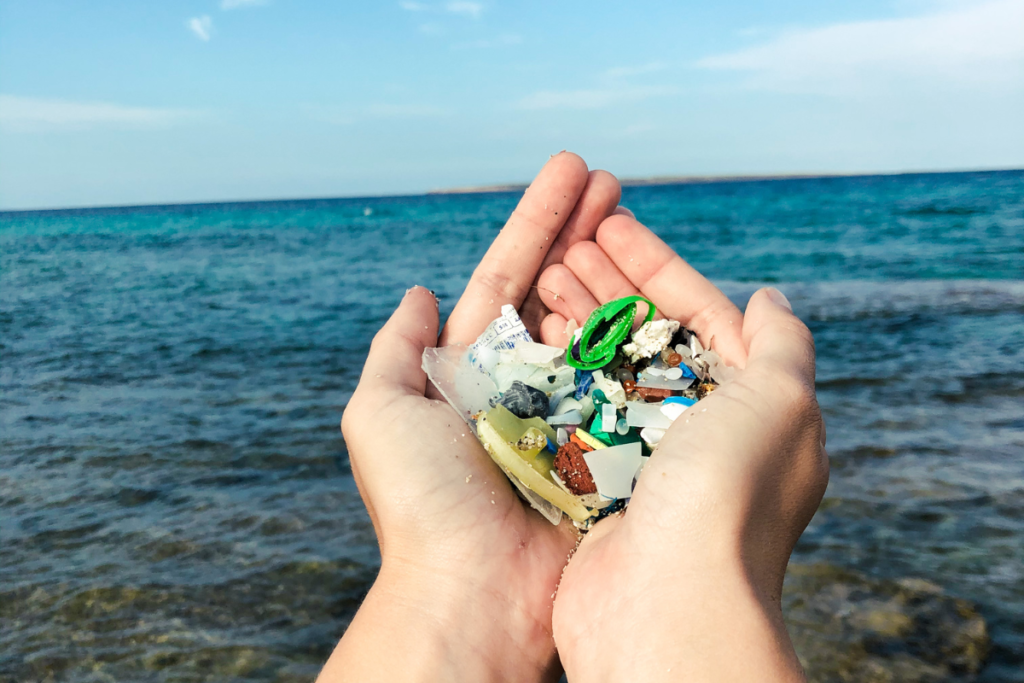Microplastics – The Invisible Pollutant
What are microplastics?
Microplastics are tiny particles with a diameter of 5 mm or less that result from the breakdown of larger plastics or commercial products. Due to their tiny sizes, microplastics are extremely hard to get rid of and can be detrimental to the organisms and environments they come in contact with.
Where do they come from?
Microplastics come from multiple sources including the production of small beads, synthetic fibers, and one of the most common causes, breaking down from larger pieces of plastic used in daily household and industrial products like toothpaste, nappies, cosmetics, and detergents.
Effects of Microplastics
Microplastics are found everywhere, both on land and in the ocean. Sources of this waste include wastewater, landfills, industrial effluent, atmospheric deposition, textiles, and oil rigs. This waste accumulates in the deep sea, polar regions, and ice sheets, and is ingested by living organisms raising health concerns for people who consume seafood. Ingesting them can lead to issues with digestion, reproduction, and more.


Microplastics act as vectors for the spread of harmful bacteria and other pollutants. They affect the quality of water in oceans, rivers, and lakes causing a decline in biodiversity. They accumulate in sedimentary layers, decreasing oxygen levels in the sea and destroying aquatic habitats. Microplastics can also affect the quality of the air we breathe!
To understand its threat, it is necessary to understand how they degrade and how they are transported, once this is done, then the problem can be addressed. In the ocean, for example, they are affected by dynamics like surface drifting, vertical mixing, beaching, and settling. On top of this, their sizes, shapes, and density influence distribution. These dynamics can lead to the gathering of high concentrations of microplastics, like in the garbage patches near the Kuroshio Extension and in the western North Atlantic Ocean and the Caribbean Sea.
Microplastics also accumulate on the surface of organic aggregates and microorganisms, such as diatoms, forming a biofilm and increasing their density, which in turn causes them to sink and be redistributed.
What can we do to reduce microplastics on an individual level?
Microplastics are a major environmental concern as they disrupt ecosystems. It is super important to take action and reduce the impact of microplastics on our environment. Some potential solutions we can take include:
- Improving our waste management practices; Currently, only 9% of plastic is recycled, and 22% is mismanaged. Re-use any plastic items in your household and recycle them whenever possible.
- Avoid single-use plastic; always ask for paper instead of plastic bags; support eco-friendly grocery stores; carry water bottles, and much more.
- Buying plastic-free cosmetics.
- Support and volunteer in beach and river cleanups and advocate for and support environmental sustainability policies.
Please follow our social channels to get the latest! Twitter, Facebook, Instagram

